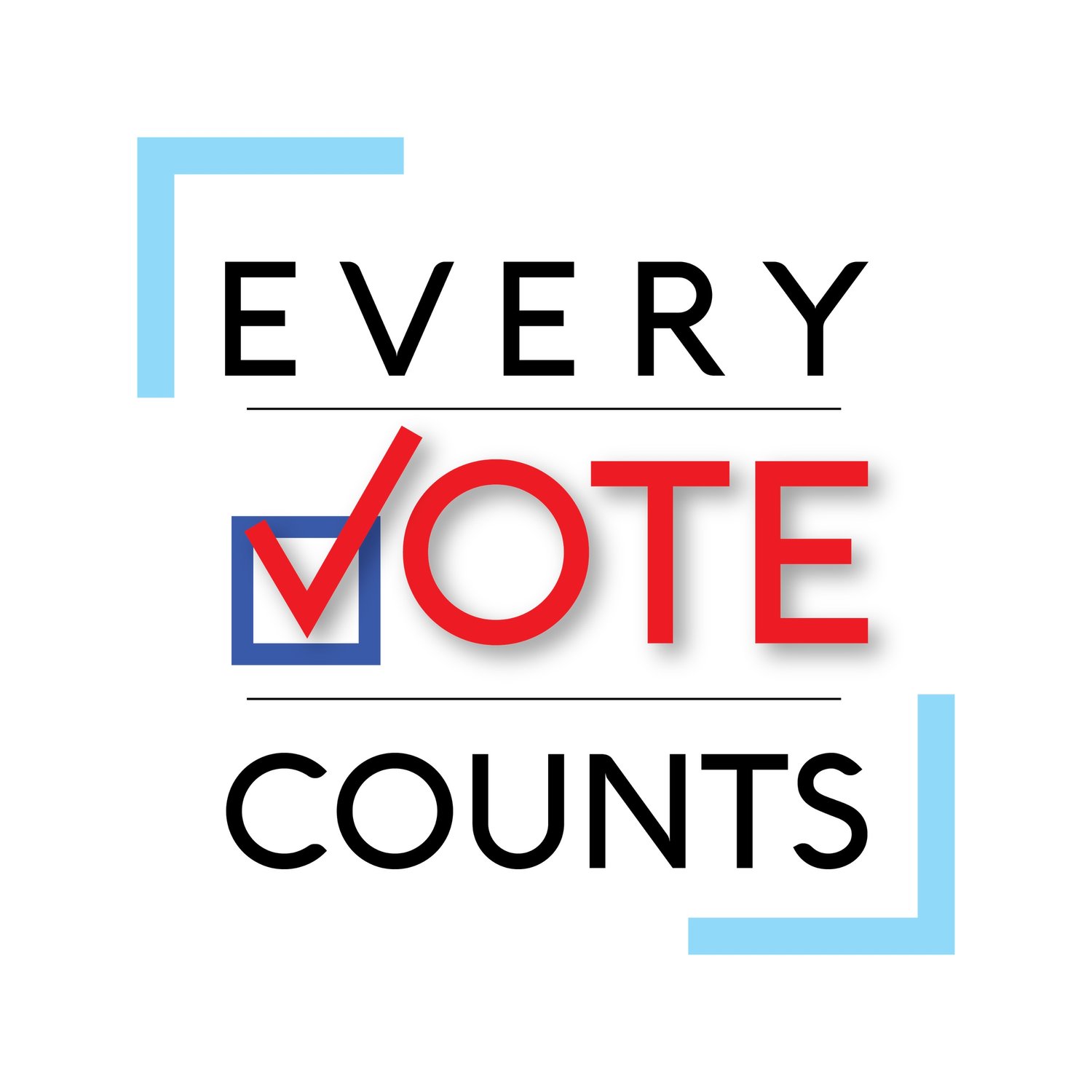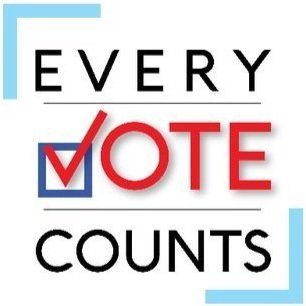My Experience With Absentee Voting
I always assumed absentee voting would be simple. In many states it's not, and that's problem.
By Katherine Adelman
I am a resident of Texas, but, like many students, I attend college out of state. I typically do not mind the distance between home and schoolーthat is, I don’t mind the distance as long as it is not voting season.
I always assumed voting by absentee ballot (or, as it is now officially titled in Texas, early voting by mail) would be simple. Democracy can only survive if citizens are actively engaged, and barriers to voting stifle engagement. So when the first election of my post-high school days came around, I was startled by the inefficiency of my states absentee voter system.
The process to apply for and receive your absentee ballot is simple enough. Through the Texas Secretary of State’s website, one may print out the form, manually fill in the required information, and mail it in to the office of the early voting clerk in one’s county of residence. There is also the option to apply for an application, which will be sent to any address a potential voter enters. The process of returning the application by mail is the same for this option. In my first election cycle as an absentee voter, I opted to apply for a ballot that would be sent to me, merely because it was the first option I happened upon in my research. When my application arrived two weeks later, I mailed it in immediately. Lucky for me, I started the process in February in lieu of a May 2018 election. I was unfamiliar with how lengthy the process could be, and my experience with American bureaucracy up to that point had taught me not to delay the process if it was avoidable.
Retrospectively, I am glad I started the process so early. Three weeks after I mailed my application, I received a letter saying that my application had been denied due to “missing information.” Enclosed was my application. I scanned the form to look for my error. The only suspect thing I could find was a box, checked, though not colored in completely, identifying which parties primary I would prefer to vote in. I reprinted my document, checked, and double checked, for potential errors, and sent it back to Texas. But another three weeks later, my application was returned to me for a second time. Frustrated by a lack of specification of error and the genuine belief that I had done everything correctly, I again reprinted and submitted my application. The third time was the charm, and I finally received my early vote by mail ballot in just enough time to cast my vote.
My inclination that the process to vote absentee would be easy was only nominally correct. Filling in the form should not have been difficult, and it generally was not hard to print a form, check a few boxes, and ship it offーerrors excluded. Maybe I did provide misinformation or neglect a pesky box, despite what I remember. Or, more likely, my early voting clerk made a mistake and sent my application back to me by accident. But my experience did give me some perspective on the timelines polling places operate on. And that pace is slow. For a voter less dedicated than me, a returned application might have resulted in no correction and resubmission, and subsequently, no vote. For anyone who started the process later than February, three months before the election, time might have expired seeing as Texas requires a voter to register at least one month before an election, and that, coupled with a rejected application, and a ballot that must be mailed two times, could exclude a ballot from consideration.
After all of this, I can only hope my ballot was counted. There are rumors about tossed ballots in various states, and many people have no idea that some ballots are thrown away due to a range of errors from misidentified signatures to late receivals at polling places.
There are a range of solutions to be explored regarding the improvement process for absentee voting practices. Some states do it better than others, while some remain stuck in the historic times of no internet (ahem, Texas..). If you do not already have an idea of how it looks, I recommend looking into how your state offers absentee voting. Look to see if there is any advocacy centered around improving the system, and see if there is an opportunity to get involved.

